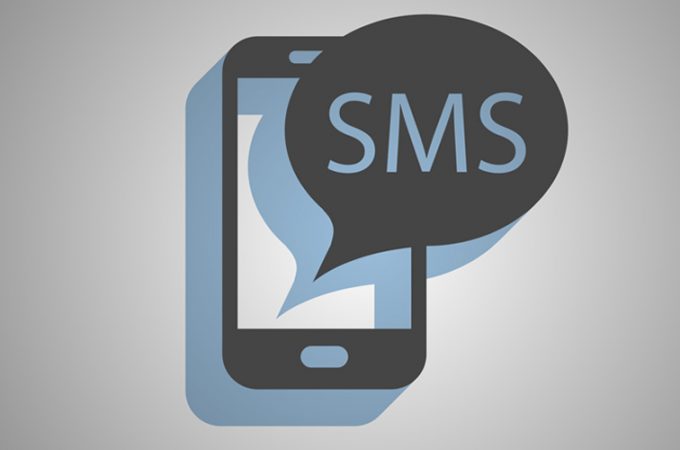Employee texting has become a versatile tool for communication in the workplace, offering
numerous use cases that enhance collaboration, productivity, and engagement. Let’s explore
some key scenarios where employee texting can be effectively utilized:
1. Schedule Reminders and Shift Notifications:
Sending text reminders for upcoming meetings, shifts, or deadlines ensures that employees
stay organized and punctual. By receiving timely notifications on their mobile devices,
employees can plan their schedules effectively, reducing the likelihood of missed appointments
or late arrivals.
2. Quick Updates and Announcements:
In fast-paced work environments, urgent updates or announcements often need to be
disseminated rapidly. Employee texting allows managers to communicate critical information
such as emergency alerts, policy changes, or operational updates in real-time, ensuring that
everyone stays informed and aligned.
3. Task Assignments and Follow-ups:
Assigning tasks or delegating responsibilities via text message provides a convenient and
efficient way to communicate priorities and expectations. Employees can receive clear
instructions, deadlines, and any necessary resources directly on their mobile devices, facilitating
seamless task management and accountability.
4. Feedback and Performance Reviews:
Texting can be utilized for delivering feedback and conducting performance reviews in a more
casual and approachable manner. Managers can use text messages to provide constructive
feedback, acknowledge achievements, or initiate performance discussions, fostering open
communication and continuous improvement.
5. Employee Surveys and Polls:
Gathering feedback from employees through text-based surveys or polls enables organizations
to assess satisfaction levels, gather suggestions for improvement, and gauge employee
sentiment on various initiatives. Texting offers a convenient and non-intrusive way for
employees to share their opinions and insights.
6. Training and Development Updates:
Texting can be utilized to communicate training schedules, resources, and updates related to
professional development initiatives. Whether it’s sharing links to training materials, sending
reminders for upcoming workshops, or soliciting feedback on training programs, texting
facilitates ongoing learning and skill development.
7. Celebrating Milestones and Recognition:
Sending personalized text messages to acknowledge employee achievements, work
anniversaries, or birthdays helps foster a positive and supportive work culture. Recognizing and
celebrating milestones via text demonstrates appreciation for employees’ contributions and
strengthens team morale.
8. Wellness and Employee Assistance Programs:
Promoting employee well-being through text-based communication can include sharing
resources, tips for maintaining work-life balance, or reminders about wellness initiatives such as
fitness challenges or mental health workshops. Texting serves as a convenient channel for
promoting wellness and providing support to employees.
In summary, employee texting offers a wide range of use cases that facilitate efficient
communication, collaboration, and engagement in the workplace. By leveraging the
convenience and accessibility of text messaging, organizations can enhance productivity,
strengthen relationships, and create a more connected and informed workforce.


